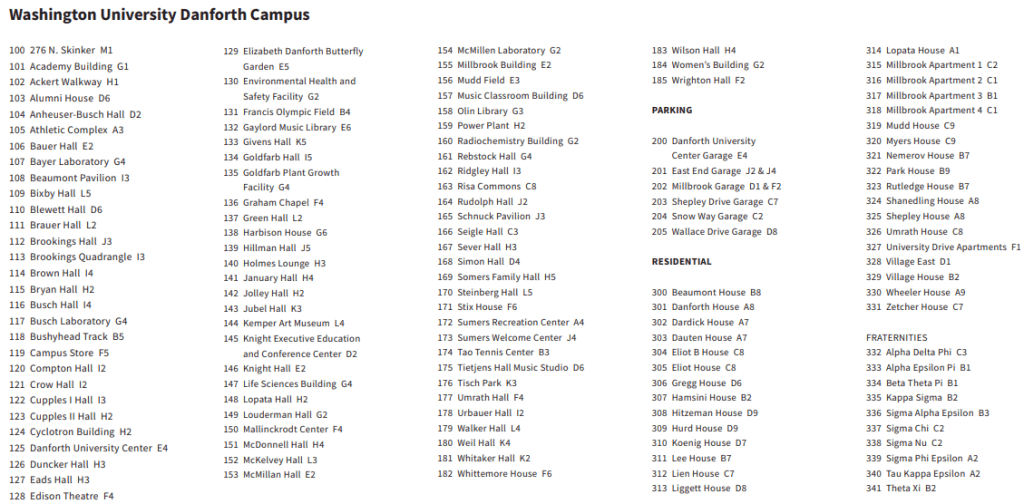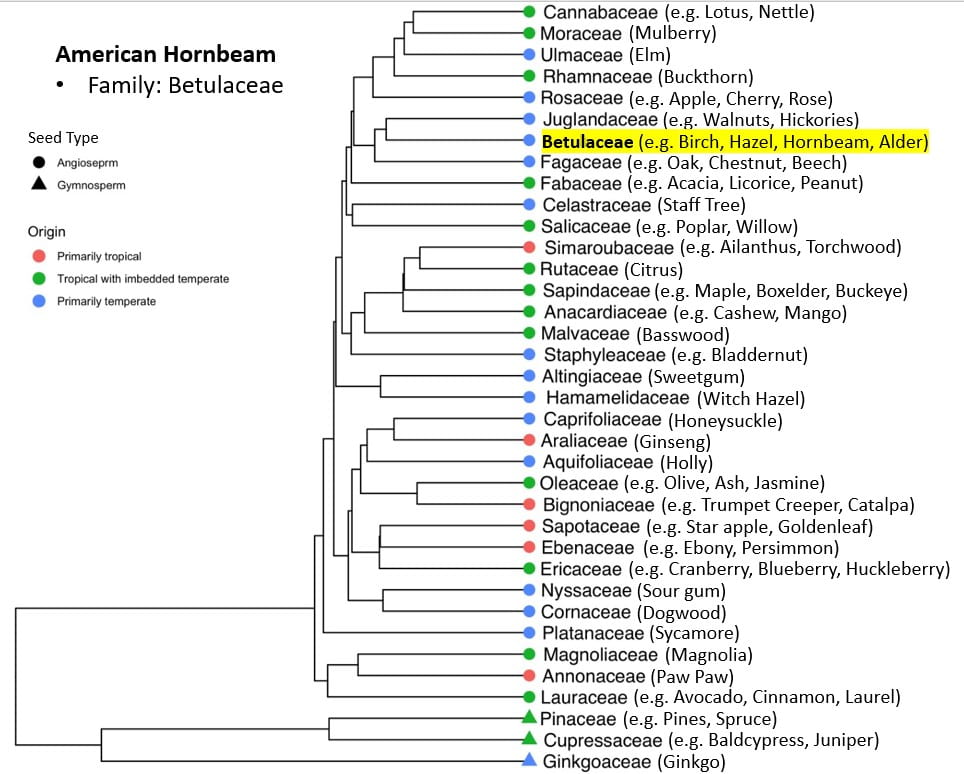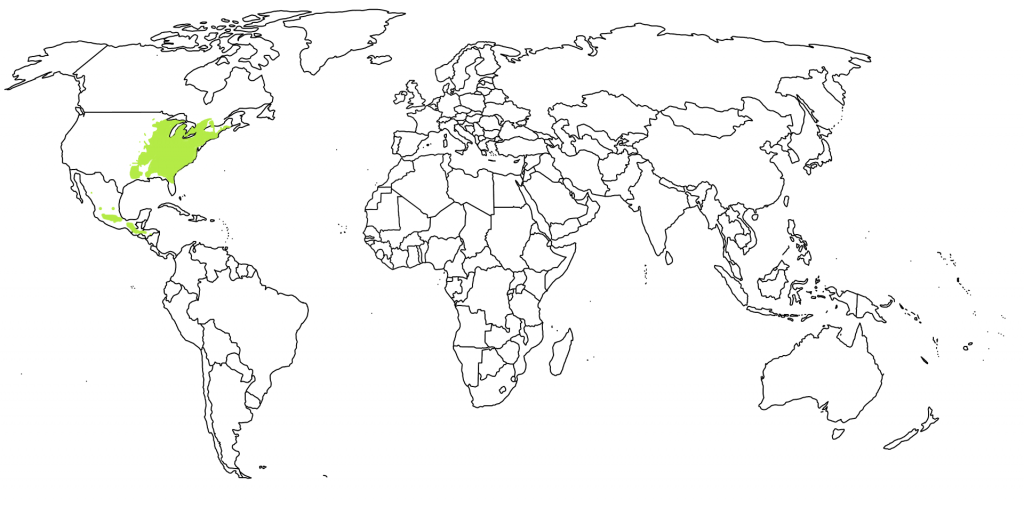American Hornbeam
Arbor Walk #20, Treekeeper ID #1933

Native to the midwest, the American Hornbeam typically grows as an understory tree in wetter areas. Its leaf is dark green and ovately shaped with doubly serrated margins. Because this tree grows low to the ground, many animals use the tree for shelter. Interestingly, Beavers use the wood of this tree for building dams, as it is readily available in their habitat.
Also known as Ironwood, the wood of the American Hornbeam is very hard and is often used to make mallets, tool handles and cutlery.


GPS Coordinates
N/A
Percent Concrete
N/A
Distance to Buildings
| Year | Close Building #1 | Close Building #2 | Close Building #3 |
|---|---|---|---|
| 2020 | Brown Hall, 7.55 m | Goldfarb Hall, 14.53 m | McDonnell, 50.79 m |
Distance to Other Species
| Year | Close Species #1 | Close Species # 2 | Close Species # 3 |
|---|---|---|---|
| 2020 | American Hornbeam, 6.60 m | Cucumber Tree, 9.14 m | Eastern Redbud, 15.34 m |
Standard Measurements
| Year | Height (m) | DBH (cm) | Crown Diameter N-S (m) | Crown Diameter E-W (m) | Average Crown Diameter (m) |
|---|---|---|---|---|---|
| 2020 | 10.5686 | 22.4 | 9.25 | 11.95 | 10.60 |
| 2023 | 10.8 | 29.5 | 9.02 | 10.75 | 9.885 |
Nests and Pests
| Year | Description |
|---|---|
| 2020 | 2 webworm/tentworm nests Some grey lichen (more prevalent on trunk) and light green lichen (more on branches) Two branches grow at a bizarre angle, which has lots of dark algal growth, and some fine ‘hair’-like structures emerging from the confluence |
| 2023 | Bagworms |
Leaf Identification
The leaves of the American Hornbeam are 2″ to 4″ long and are ovate shaped with an acuminated tip. They are only slightly hairy (pubescent), smooth or slightly felt-like to the touch. The margins are doubly serrated, and the veins are pinnate. They are dull green with bright yellow fall colors.
Twig and Bud Identification
The American Hornbeam twigs are very slender and sometimes zig-zagged. The buds are brown and angled. The bud scales often have tan edges making it appear lined.
Bark Identification
The bark of the American Hornbeam is irregularly fluted which gives the tree the distinctive muscular appearance.
Fruit Identification
The fruit of the American Hornbeam is a nutlet surrounded by leafy bracts on a long, hanging stalk.
Flower Identification
The flowers of the American Hornbeam are yellow-green catkins. The tree is monoecious with hanging male catkins and spike-like female catkins.
- Hornbeams are distinguished from their closely related birches by their respective fruits (irregular, papery nutlets on hornbeams, and shedding scaled catkins on birches) and barks (American Hornbeam has a completely smooth bark, and American Hop Hornbeam has thin scales, unlike any other birch).
- Compared to distantly related trees with double-toothed margins, like elms, hornbeams are best identified by their unique fruit.
- While the American Hornbeam’s fruit has seeds contained beneath horizontal sprays of bracts, the American Hop Hornbeam has hop-like fruit, which does not have bracts, but instead has a thin husk covering each seed completely.
- The American Hornbeam is distinguishable from the European Hornbeam by its wider fruiting bracts, which may also be more prominently toothed than its European counterpart. The European Hornbeam is also much larger in size, up to 60′ as opposed to up to 30′ for the American Hornbeam.











